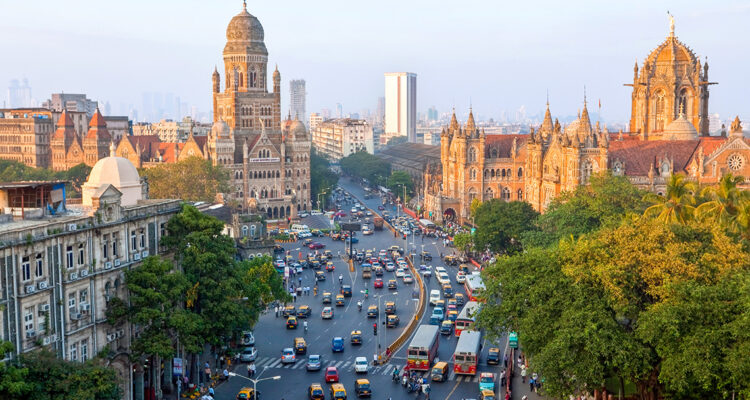India, as a rising global power and a key player in Asia, is navigating a complex and often precarious geopolitical environment. Its strategic challenges are shaped by its relationships with major powers like the United States, Russia, and China, and its dynamics with neighboring countries such as Pakistan and Bangladesh.
1. Balancing Relations with Major Powers:
India’s relationship with the United States has grown stronger over recent years, particularly in defense cooperation. The U.S. views India as a strategic counterbalance to China in the Indo-Pacific region. However, this relationship brings its challenges. India must balance its growing ties with the U.S. against its traditional and long-standing relationship with Russia, especially in defense procurement. The U.S.’s Countering America’s Adversaries Through Sanctions Act (CAATSA) poses a potential challenge for India, which has been a significant purchaser of Russian military hardware.
The relationship with China is even more complex. Border disputes, notably the Doklam standoff and the clashes in the Galwan Valley, have heightened tensions. China’s growing influence in South Asia through initiatives like the Belt and Road Initiative (BRI) and its close ties with Pakistan pose strategic challenges for India.
2. Managing Pakistan and Bangladesh Relations:
India’s relationship with Pakistan remains fraught with challenges, primarily due to longstanding territorial disputes over Kashmir and cross-border terrorism. The Indo-Pak relationship is a significant factor in India’s security calculus, necessitating considerable military and diplomatic resources.
Bangladesh presents a different set of challenges and opportunities. While there have been historical issues around border management and migration, relations have improved considerably. Bangladesh’s rapid economic growth and strategic location in the Bay of Bengal make it an essential partner for India in its regional strategy.
3. Navigating the Russia-China Axis:
India’s diplomatic acumen is tested by the growing closeness between Russia and China. While India has maintained strong ties with Russia, the Russia-China axis could complicate this relationship, especially in scenarios where India’s interests diverge from those of China and Russia.
4. Economic and Technological Fronts:
Economically, India faces the challenge of balancing trade relations with these major powers while protecting its interests. The push for self-reliance under the “Atmanirbhar Bharat” (Self-Reliant India) campaign reflects an effort to reduce dependency and enhance technological and manufacturing capabilities, crucial in the context of global competition.
5. Regional Leadership and Soft Power:
As a leading country in South Asia, India is expected to play a significant role in regional stability and development. Its leadership in organizations like SAARC (South Asian Association for Regional Cooperation) and BIMSTEC (Bay of Bengal Initiative for Multi-Sectoral Technical and Economic Cooperation) is crucial. India’s soft power, reflected in its cultural influence and diplomatic engagements, is a vital tool in its regional strategy.
6. Conclusion:
India’s geopolitical challenges are multifaceted, requiring a balanced approach in diplomacy, defense, and economic policies. Its ability to manage relations with major powers while addressing regional dynamics and internal growth imperatives is key to sustaining its position as a significant influence in Asia. India’s strategies must be nimble and adaptable to the rapidly changing global and regional landscape


